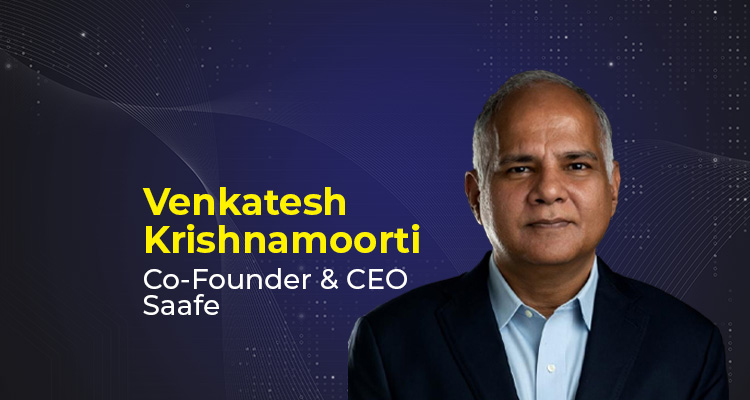Every next generation in India is getting richer sequentially & in a big way! The wealth being inherited today is not the result of sudden windfalls, but of decades of disciplined saving and the capitalisation of those savings, a testament to how cultural habits, when aligned with the power of compounding, can shape intergenerational prosperity.
Consider this: In 2003, a 1,000 sq. ft. apartment in Bandra, Mumbai cost Rs 30 lakhs. Today, it’s worth over Rs 6 crore. Gold? A Rs 5 lakh investment in 2004 would now be worth more than Rs 80 lakhs. And a monthly SIP of Rs 5,000 since 2004 has grown to over Rs 1 crore. This is the India story of wealth through time not hype, but habits.
And the story doesn’t stop here. With India poised to grow at 6–7 per cent annually over the next decade, we’re entering a golden era of savings capitalisation. The next wealth wave isn’t coming — it’s already underway. However, the next generations are quite different in savings v/s spending and earnings v/s investing. Credit growth is higher than ever and savings rate is lower than ever, which means the incremental base for capitalisation is lower than ever. There are also quiet changes and growing risks — families are getting smaller, and health and life risks are rising faster than before.
The real question then is – Will you leave behind more for your family than what you have inherited or perhaps not?
Insurance, both for life and health, proves to be one of the most potent yet underutilized instruments for planning wealth transfer across generations. Because while wealth creation is important, protection of that wealth is urgent. Imagine a situation where something happens to you. Will your family be able to access money quickly to pay for everyday expenses, pay off debts, or pay off medical bills for elderly parents? Or will they be stuck, waiting for legal approval, or fighting over how assets will be divided?
This is why life insurance is gaining renewed relevance in intergenerational wealth transfer. It offers instant liquidity, doesn’t get caught up in valuation disputes like property or business shares, and in most cases in India, payouts are tax-free under Section 10(10D) of the Income Tax Act. It provides clarity, not confusion.
Let’s skip the part most people never plan for:
Legacy in today’s world involves more than bequests. Legacy also involves having access to continued healthcare. Families are increasingly facing medical inflation, the necessity for extended treatment, and elderly dependents. The majority, however, still do not have health coverage included in legacy planning.
43 per cent of the medical treatment costs for critical care (cancer largely) are met through urgent unplanned credit, highlighting how unprepared many families are for the aftermath of a health crisis. Average critical care treatment in India costs more than Rs. 12-15 lakhs while ‘reported’ cases like cancer are more than 18 lakhs every year!
Think about it: you could leave behind wealth, but if your spouse or parent is left without health coverage after you’re gone, what happens then?
For high-net-worth individuals (HNIs), this is becoming a bigger concern. Knight Frank’s 2024 Wealth Report notes that India’s HNI population grew by 6 per cent in 2023. But growth in wealth doesn’t always translate to better planning. Too often, families have complex asset portfolios but no clear protection strategy. Globally, over $7.8 trillion is expected to be transferred through life insurance mechanisms by 2040 (Capgemini). That number is rising in India too, as more families seek structured, low-friction ways to leave behind stability.
So, What’s the Fix?
Clearly, what’s missing is structure. One of India’s top insurance advisory platforms has recently highlighted that more than 80 per cent of Indian family members have no idea about the insurance policies that exist in their own household, even if they have been made nominees. This ignorance can actually seriously hinder the process of claims or even deprive vulnerable individuals of much-needed funds in times of need.
In the end, legacy protection is more than just the mere transfer of wealth; it is the transfer of security, accessibility, and peace of mind. This future is not rooted in pieces of paper and conjecture. Instead, it is rooted in clarity, simplicity, and the right digital tools that enable effective management, understanding, and use of insurance.
Families today require more than a policy; they require platforms that facilitate tracking, premium timelines, updating of nominees in a timely manner, tracking of coverages, and ease of continuing or transferring policies. Digital-first insurance experiences have evolved from being a privilege to a requirement. These innovations can help avoid lapsed policies due to missed payments, provide timely notice to beneficiaries of their rights, and facilitate seamless, hassle-free claims at the right time.
The real shift is this: Insurance must move from being a reactive purchase to a proactive strategy – from product to planning. When done right, it becomes more than protection. It becomes continuity, clarity, and confidence—for the people you care about the most.
So, the next time you think about building wealth, ask yourself: Are you building a legacy that lives on – or leaving behind questions no one can answer?
-Saurabh Vijayvergia Founder and CEO, CoverSure
Send your exclusive thoughts to:
editor@thefoundermedia.com




